Ken Pringle was just a boy when the Angus village of Birkhill felt the full force of the Nazi onslaught on the night of November 2 1941.
Now 93, Ken still has vivid memories of hearing the German plane flying overhead before bombs rained down at Blairfield Farm.
The attack left a gaping hole in the field while the Luftwaffe also struck farmland at Linlathen and Mains of Wellbank on what was a bitterly cold evening.
Ken grew up in Dundee but he was among the children evacuated to the coast and countryside after Nazi Germany invaded Poland on September 1 1939.
Courier Country was struck 123 times during World War Two and Ken’s new-found peace in the Angus countryside was shattered by the Nazis 71 years ago.
Engine sound was so distinctive
He wonders if there is anyone else still alive who would remember the bomb.
Ken said: “I remember it was frosty the night the bomb dropped.
“You could identify a plane by the sound of its engines and there was a marked difference in beat which allowed you to distinguish between friend or foe.
“You always knew when it was a German bomber and I could hear the sound of their engine getting nearer and nearer and decided to go outside to take a look.
“I will never forget the noise of the engine.
“I saw the German plane in the moonlight and was only standing 150 yards away when it flew overhead and beyond the trees and disappeared from sight.
“The next thing I heard was a big bang.
“The bomb was dropped into a field beyond the trees.”
As dawn broke, the extent of the damage was revealed.
Ken and his friends went up the next morning to witness the devastation.
“The German bomb caused considerable damage to the field,” he said.
“The impact left a deep crater which was about half the size of a football pitch!
“We started collecting bits of shrapnel from the bomb.
“It was a bit scary, to see some of that, being so young.
“For a young kid to see that, it was tough.”
The former Hawkhill primary pupil never forgot his time in Birkhill.
Ken said: “When I was evacuated to Birkhill, I stayed with the Ritchie family.
“They had a pig farm and a wee haulage business.
“We used to go down into the potato fields and help with the harvest.”
“I had great fun in Birkhill and went to the school at Muirhead but I came back to Dundee after a few years because my mother thought it was a bit pointless.
“I’d qualified for the Harris Academy by that point, and she felt that it was a bit daft travelling in every day, so I finally came back home to Dundee.”
Emotional return to the bomb site
Ken recently returned with his son and daughter-in-law to the site of the Birkhill bombing which only warranted a few newspaper paragraphs at the time.
“I showed them where the bomb had fallen,” he said.
“Of course, it’s just a big field now on the other side of the trees.
“But all the memories still came back.”
The former Dundee College lecturer was married for 66 years.
Ken’s wife sadly passed away in May but he’s sought comfort from a large family which includes grown-up children, grandchildren and great-grandchildren.
“I’ve never forgotten what happened but it’s little-known in the village,” he said.
“As the years pass by, I wonder if I’m the last person still alive who would remember it.
“I’d be interested to know if there is anyone else?
“You never know – there might just be someone.”
On September 1, 1939 – the day that Nazi Germany invaded Poland – The Courier told how three million mothers and children were scheduled for “precautionary evacuation” from Britain’s cities.
Subsequent reports told how the first day of evacuations went “without a hitch”.
Observers were struck by the “calmness” of the Dundee children who carried their kit and wore their gas masks strung around their necks.
In the end, it was a further six weeks before the first German air raid on Britain – the Battle of the River Forth when RAF Spitfires fought 12 Luftwaffe Junkers Ju 88 bombers attacking Rosyth naval base on October 16 1939.
Tayside and Fife were hit by the enemy
Arbroath was the first town in the region to hear the sounds of enemy planes on January 30 1940 although no bombs were dropped.
The Luftwaffe dropped five high explosive bombs over Perth on June 26 1940 with a further five bombs dropped in fields near Muirdrum the following day.
On August 2, the enemy returned to Tayside when 23 high explosive bombs were dropped on the grounds of Linlathen House on the outskirts of Dundee.
The first bombs were dropped in the city on September 25 1940 when one landed at the junction of Nesbitt Street and Dalkeith Road.
The other landed in a cabbage field beside the Eastern Cemetery.
In October 1940 Montrose bore the brunt of German bombing raids which caught communities stretching from Angus to Fife.
Aircraft of Germany’s Lion squadron based in Norway had flown in low over the North Sea to avoid radar detection, passing into the estuary of the River South Esk at an altitude of around just a hundred feet.
They targeted the harbour and the Chivers preserves factory before turning north over the town, where miraculously there were few civilian casualties despite reports of machine gun bullets rebounding off local streets.
Hurricanes of 111 Squadron stationed at Broomfield to provide fighter protection for the east coast were powerless to intercept the enemy after being caught on the ground.
History records the Montrose air station was hit by 28 250kg bombs, one oil bomb and 16 cases of incendiary bombs in the October 25 attack.
Hangars and aircraft were destroyed, five men killed and nearly 20 wounded, with the fires at the air station being seen from Arbroath 12 miles away.
In the bombing raids other Heinkels attacked the Royal Navy Air Station at Condor, near Arbroath – now home to 45 Commando Royal Marines – and eight bombs fell on St Andrews, causing extensive damage to university buildings.
They also reached the Fife coastal community of Cellardyke and destroyed a cottage to the north of the town killing two people, the only civilian casualties of the October 25 raid.
On the night of November 5 1940, a single enemy plane flew in low across Dundee and dropped eight high explosive bombs in an almost straight line.
The greatest damage was sustained on Rosefield Street.
A four-storey tenement was flattened and 64-year-old Mary Ann Laing lost her life.
Further damage
There were three fatalities that evening as a result of the bombings.
The Taybank Works on Arbroath Road was also attacked but the bomb struck a low brick wall above the factory’s air raid shelter, which broke the force of the explosion.
Between 50 to 60 night shift workers were in the shelter and all owed their lives to the fact that they were gathered at the opposite end.
Three weeks later, an unexploded bomb was found in the grounds of the Taybank Works which was six feet long and three feet wide.
It weighed 2,200lbs.
After this attack, Dundee experienced a lull in the bombing.
Instead, the enemy diverted its attentions to Angus.
The same year as the Birkhill Bomb, which Ken Pringle recalls so vividly, a total of five further bombs were dropped across the county.
Angus was bombed 44 times before the guns fell silent in 1945.
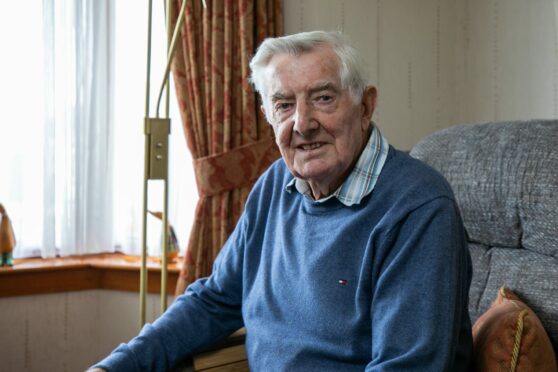
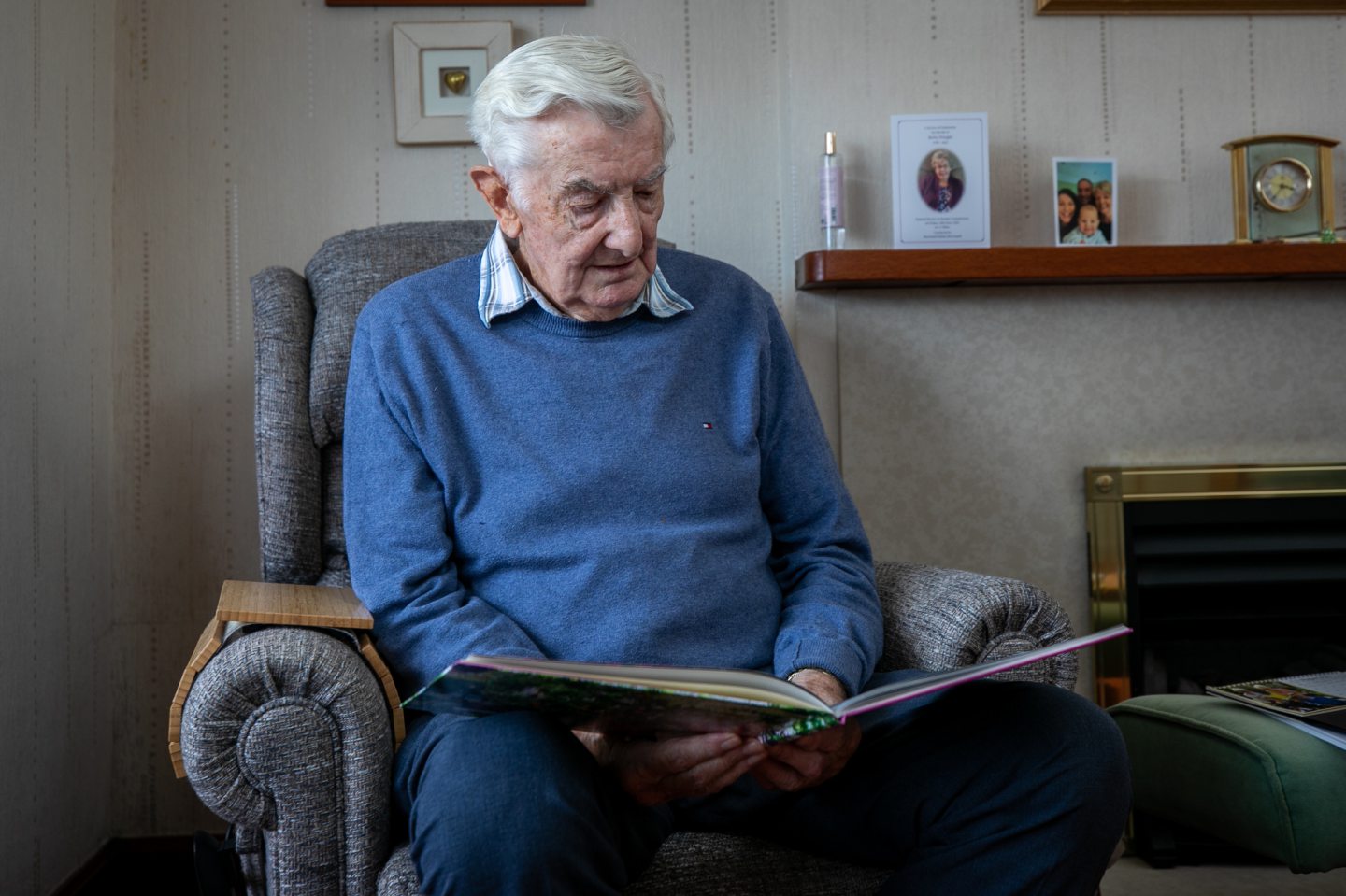
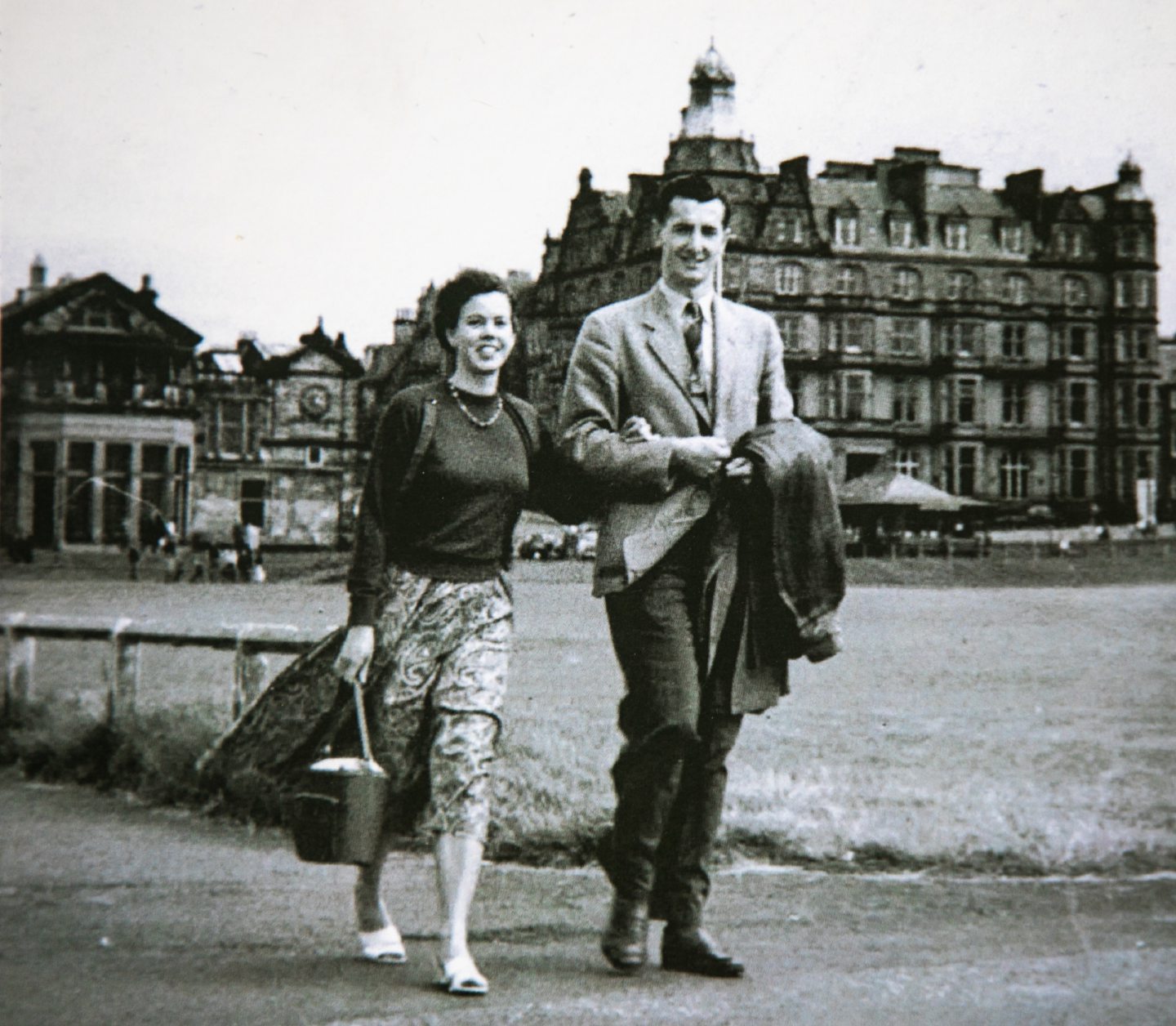
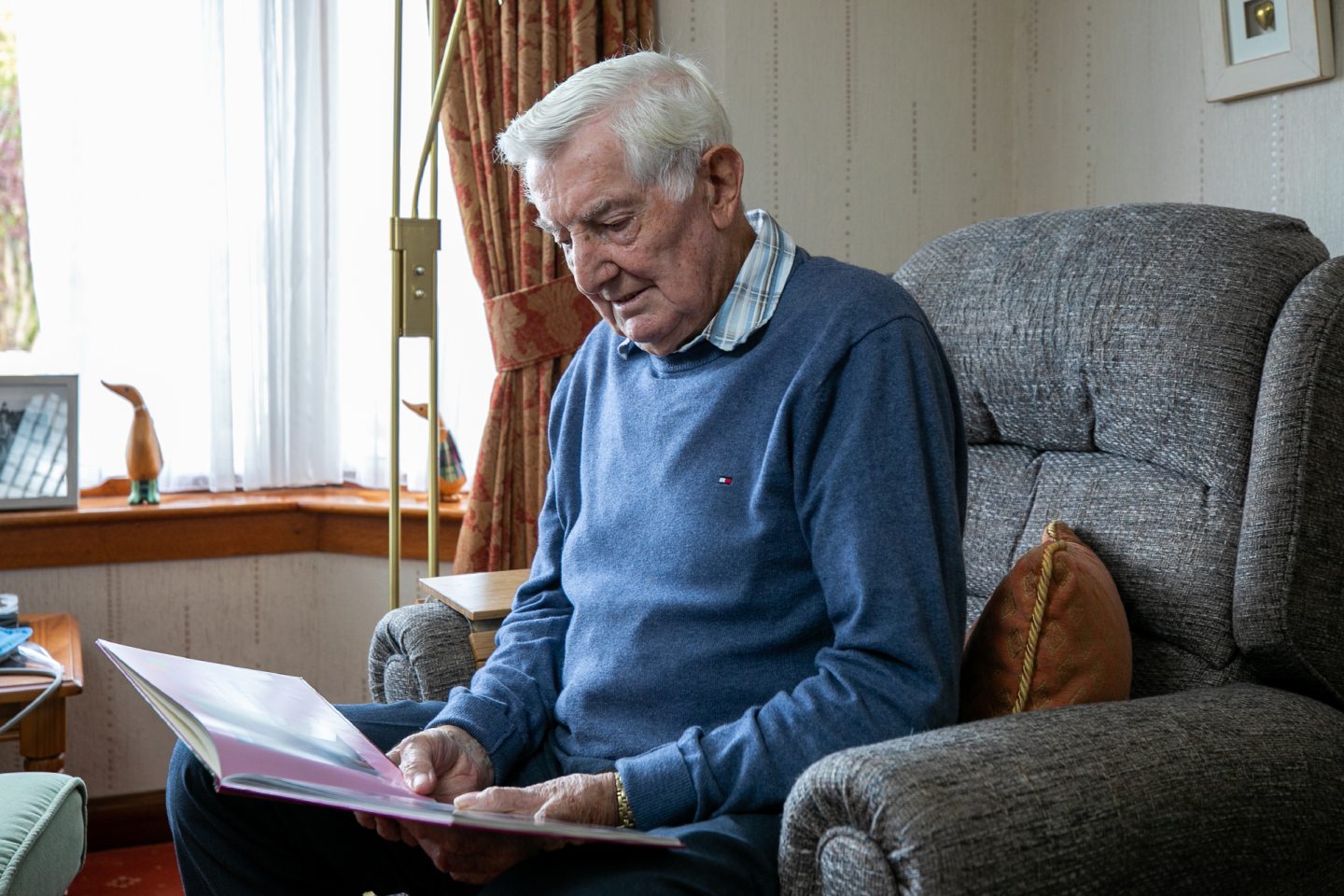
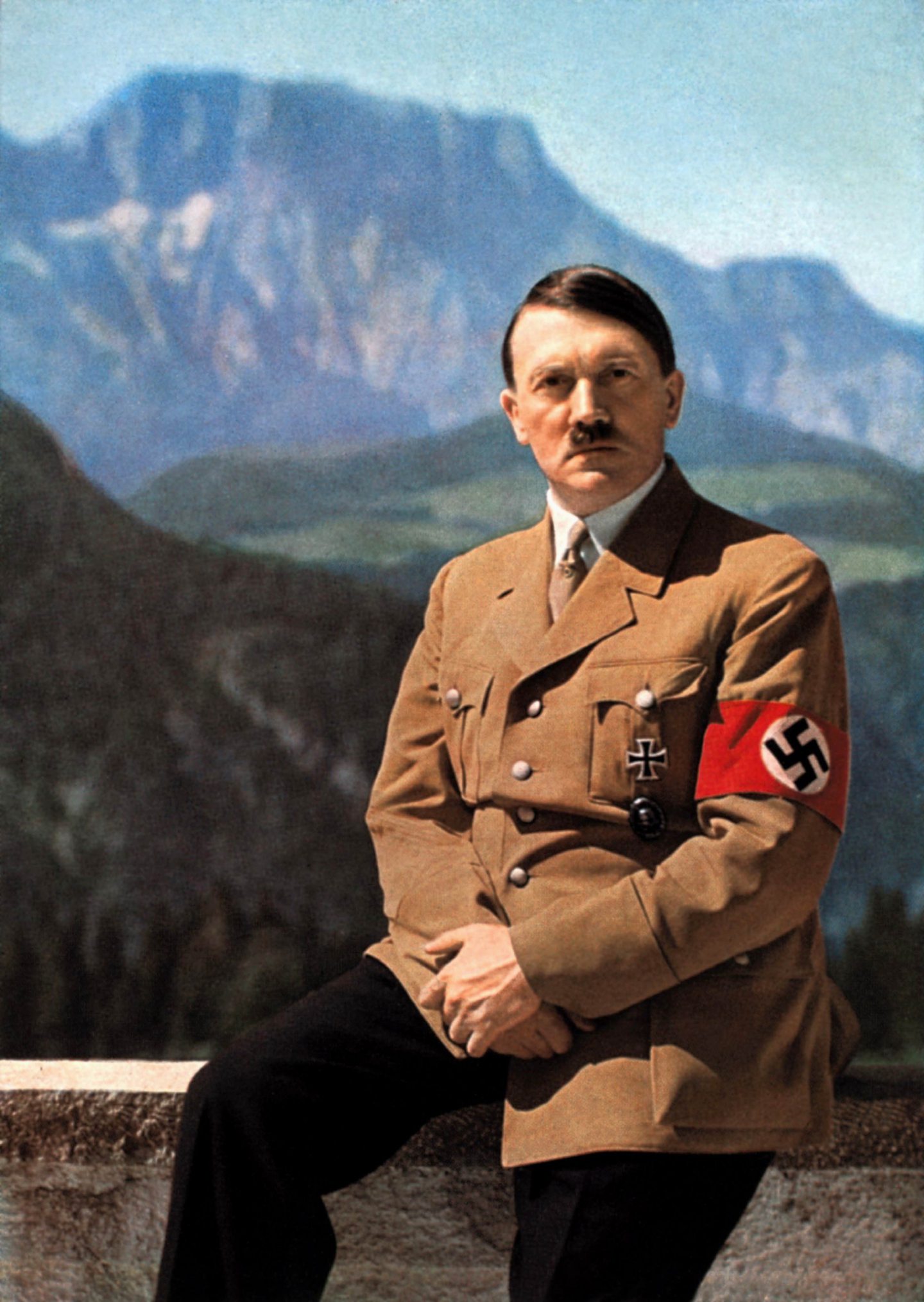
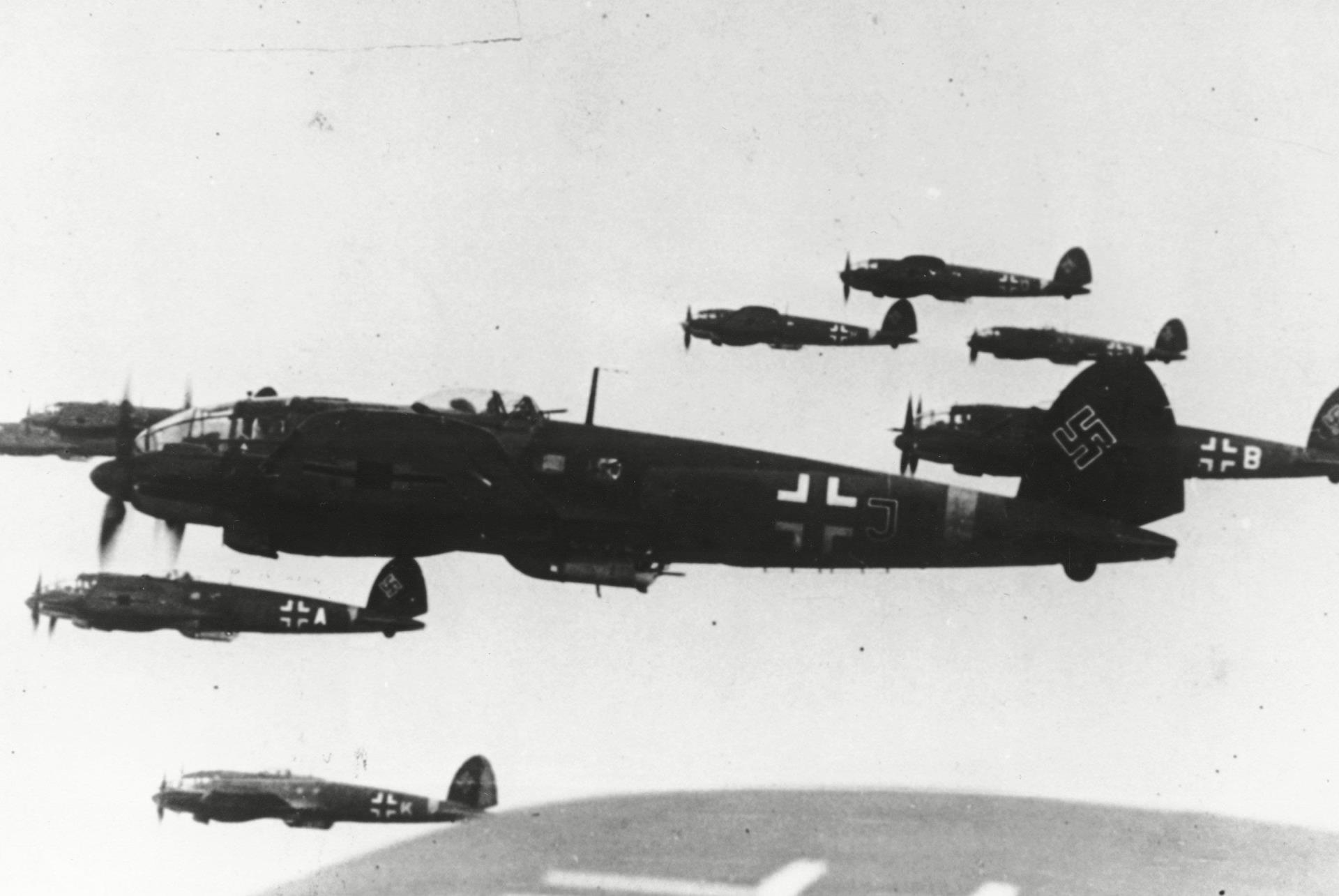










Conversation